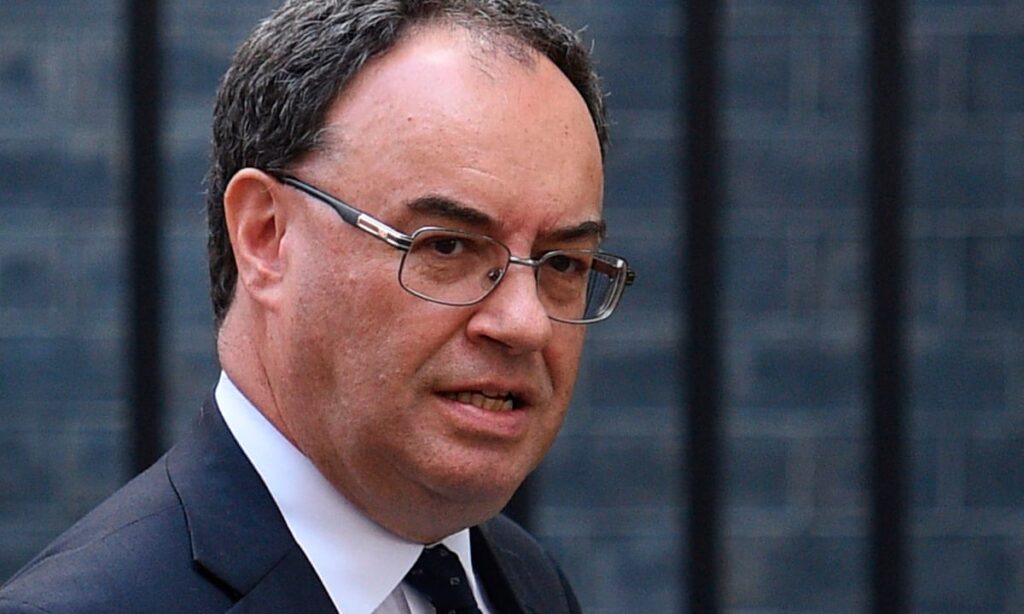The Bank of England has recently raised its interest rate by half a percentage point, from 3.5% to 4%. The move is part of an effort to stem the tide of inflation that’s been raging for years. The interest rate is now the highest it’s been for the last 14 years.
Like the Bank of England, the European Central Bank (ECB) also raised its rates by half a percentage point to its highest level since 2008. Higher interest rates encourage saving and cool the economy, tempering inflation. How do the Bank of England’s policies impact investors in the UK? How do high interest rates impact investing activities in general?
From the perspective of stock investors, higher interest rates make stocks less attractive. Higher interest rates mean higher earnings on bonds.
Stock analysts factor interest rates, present and future, into their stock earnings predictions. Higher future interest rates hurt the current estimations regarding future stock earnings, making the investment vehicles less attractive.
Higher interest rates cool the economy, on the one hand, putting the brakes on inflation. On other hand, they grant central banks room to cut back should the economy slow down too much. With interest rates at zero, central banks can’t cut back further to stimulate a slow economy.
Bank of England not Yet Ready to Pause Rate Hikes
An unstable geopolitical landscape has created a vicious spiral of inflation. Investors flee cash and interest-based investments, deeming the yields too low. Stocks promising better returns are attractive during such times. As interest rates rise, investments in bonds become more attractive.
Central banks have been bending over backward, trying to tame inflation and reestablish a semblance of balance and economic stability.

The Bank of England has recently made it clear that despite its aggressive interest rate hikes, it is not yet ready to pause or walk back its approach to inflation. According to Governor Andrew Bailey, although inflation has begun trending downward in the UK, its high risks remain. Bailey pointed to decreasing energy prices and lower unemployment as encouraging signs that the interest hikes are working. But the threat of runaway inflation remains higher than ever before.
How Interest Rates Impact Bond Yields
Rising interest rates cut into the value of bonds. And it makes sense for investors to buy into an investment vehicle when its price is down. Those holding bonds will see a decrease in their value. The paper losses resulting from this process only affect investors if they sell their bonds. Should they hold them to maturity, they will receive their full value.
Short-maturity bonds are less vulnerable to paper losses than longer-maturity ones. Most of these interest rate-related fluctuations in bond values are short-term, however. An investor with a well-diversified portfolio comprising stocks and bonds and with a long time horizon, should not grant paper losses much significance.
How Interest Rates Impact Stocks
Unlike bonds, stocks are not directly exposed to interest rate fluctuations. Since interest rates are essential for the economy, they do exert a trickle-down effect on stock-based investments.
Rising interest rates make loans more expensive. With less money to go around, consumers may reduce spending. High interest rates can also tighten business loans, prompting companies to table their expansion plans. Both of these factors can bite into stock prices.
With cooling consumer spending, businesses make less money, and their revenues suffer. With more expensive business loans, company activity cools as well.
How Interest Rates Impact Other Investment Vehicles
Savings accounts and certificates of deposit can counterbalance a stock-heavy portfolio in times of interest rate hikes. When interest rates go up, so do savings yields. On the other hand, when central banks cut interest rates, savings yields dive.
High interest rates make money more expensive and valuable. The cash in your pocket can earn money off the interest and it becomes more sought-after. More expensive loans limit people’s access to money. And that also boosts the value of available cash.
Investors use their money to buy commodities. When the value of money goes up, it takes less to buy the same amount of commodities. Hence, rising interest rates tend to deflate commodity prices.
Interest rate fluctuations have a profound impact on real estate investments. A rate hike makes money more expensive, exerting downward pressure on real estate prices. Cheap money means cheap loans and easy access to money. When interest rates drop, real estate prices go up as people find it easier to pay out more.
The UK Central Bank expects the economy to contract further in the near future. And it sees the economy shrinking by a further 0.25% in 2024. In the face of this dire outlook, Central Bankers have been cautious to announce an end to their aggressive rate-hiking. Leaving all options on the table seems to be the sensible thing to do.
The Bank of England’s Andrew Bailey insisted that UK monetary policymakers would not coordinate their efforts and decisions with the ECB or other central banks.
